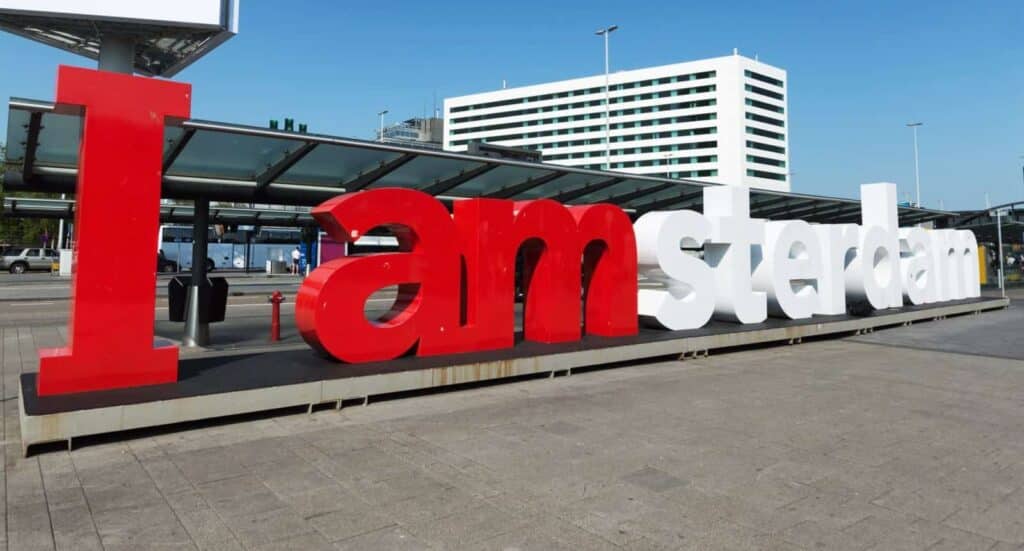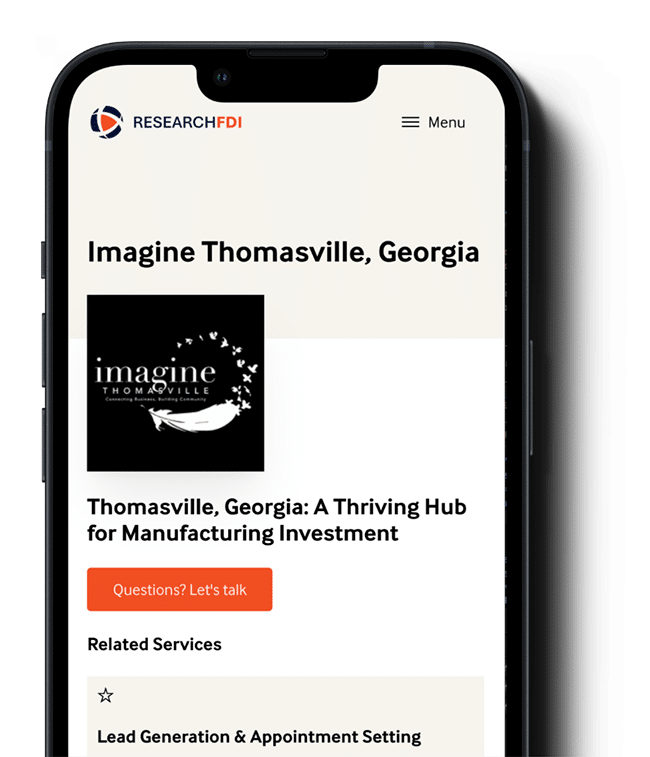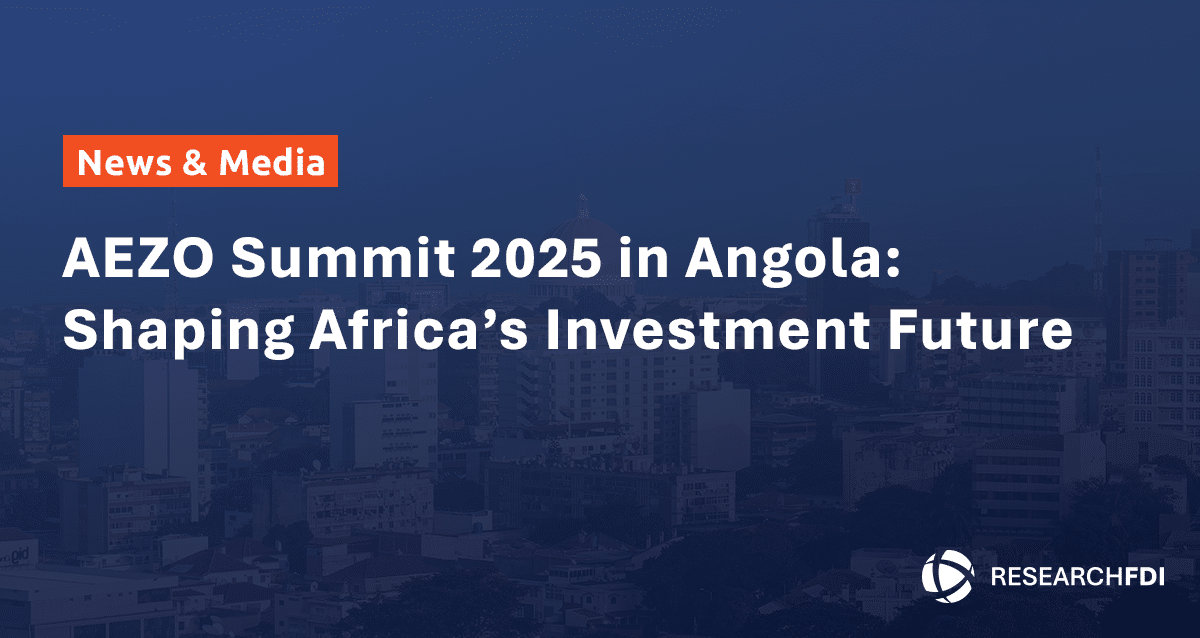Establishing a distinct regional brand identity is integral in promoting economic growth in any given region. Consequently, creating a cohesive regional brand identity forms a fundamental step in any investment attraction strategy. Place branding and destination branding are regarded as leading strategies for regional brand development among economic development professionals.
These processes involve formulating and maintaining the reputation and image of a place, a city, a region, or a country, with the aim of stimulating economic development. These concepts have become pivotal strategies for economic development professionals, as they recognize the profound impact that a positive image can have on attracting investment, businesses, tourists and talent.
In this article, we will be diving into the nuances of branding in economic development, exploring the key differences between place branding and destination branding, their unique purposes, and when to utilize each approach.
Understanding Place Branding
Place branding, sometimes criticized as a marketing buzzword, actually conveys a substantial concept. It refers to the strategic and holistic effort to project a distinctive identity for a geographical entity—nation, region, city—leveraging all its multifaceted characteristics. Such characteristics encompass the area’s culture, heritage, infrastructure, business environment, lifestyle, and many more. It aims to paint an attractive composition of the “place” that equally appeals to potential investors, businesses, tourists, and residents.
Consider “I Amsterdam” the marketing campaign launched by the city of Amsterdam in the Netherlands aimed to consolidate and promote the identity of Amsterdam, thereby improving its image globally. Launched in 2004, the campaign aimed to highlight not only the touristic appeal of the city but also its strong business environment, cultural richness, and high standard of living.
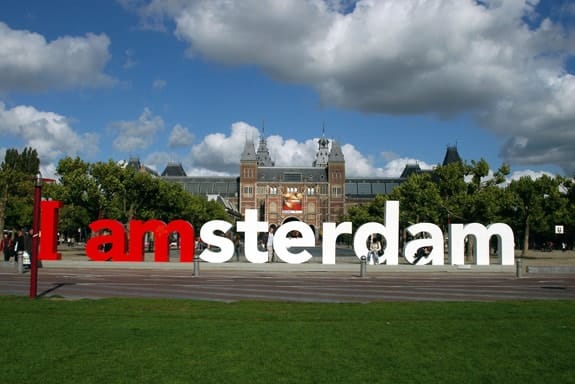
The physical symbol of the campaign, the large “I Amsterdam” letters, became instant tourist attractions, ending up in countless photos and selfies shared worldwide. They symbolized the embracing and inclusive spirit of the city, and the campaign’s slogan managed to resonate with both locals and visitors.
In addition to being a hit among tourists, “I Amsterdam” achieved considerable success in positioning Amsterdam as an attractive city for businesses and potential residents. It managed to communicate the city’s diversity and welcoming spirit and, most significantly, persuaded a global audience that Amsterdam is not just a city, but a state of mind.
Deciphering Destination Branding
Destination branding, on the other hand, centers solely on geographical entities—cities, resorts, tourist spots—as tourist destinations. Here, the narrative nurtures a compelling and unique visitor experience, typically encompassing attractions, activities, amenities, and overall visitor satisfaction.
The ‘Incredible India’ campaign amplifies destination branding by illustrating India as a mesmerizing, diverse, and culture-rich destination. The campaign underscores exotic locales, culinary diversity, historical places, and spiritual experiences, bringing the Indian charm front and center.


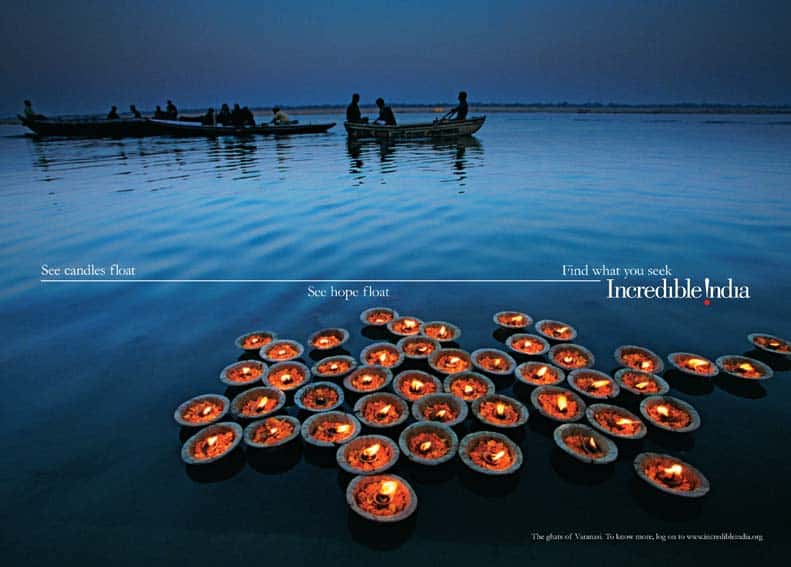
Key Distinctions: Place Branding vs. Destination Branding
Place branding and destination branding are related concepts, and while they are often used interchangeably, they differ in the scale and scope of the areas they encompass, and a nuanced understanding of these differences allows for more tailored and effective branding efforts.
Scope and Scale of Promotion
Place Branding: This involves a holistic approach to promoting a location’s overall identity. It considers a wide variety of factors, such as historical and cultural heritage, economic opportunities, sustainability, and social dynamics.
Destination Branding: This centers on highlighting specific attractions that make the destination appealing. The focus is on crafting a captivating narrative that distinguishes the area from other markets.
Audience and Objectives:
Place Branding: The audience for place branding is diverse and includes not only businesses and investors but also residents, tourists, and other stakeholders. The objectives of place branding go beyond economic development and may include promoting tourism, enhancing the quality of life, and fostering a positive community identity.
Destination Branding: Destination Branding: Targeting tourists as the primary audience, destination branding aims to showcase the destination as an attractive location for engaging activities.
Collaboration and Stakeholder Engagement:
Place Branding: Place branding requires collaboration with a wide array of stakeholders, including local businesses, government agencies, community groups, and residents. The goal is to create a shared identity that reflects the collective aspirations of the region.
Destination Branding: While collaboration is vital, the focus is often on specific stakeholders, especially those linked to tourism and economic development. Collaboration can include tourism boards, local businesses, and hospitality industry entities.
Industry and Sector Emphasis:
Place Branding: This involves a broad industry and sector focus, aiming to attract various economic activities. Instead of emphasizing a specific industry or sector, place branding generally aims to position the region as an enticing location for a range of industries and sectors.
Destination Branding: This often zeroes in on specific sectors, mostly those related to tourism and hospitality. The focus is on presenting the destination as an optimal location for particular activities, such as vacationing, or conferences.
Considerations for Economic Development Professionals:
Both strategies aim at developing a positive image of a location to attract investment, businesses, talent or tourists. However, they usually have divergent goals and individual roles in economic development.
It’s crucial to understand that the choice between Place Branding and Destination Branding is not set in stone. Budget limitations highlight the importance of careful factor consideration. The decision to adopt Place or Destination Branding should hinge on the region’s specific objectives and distinct features, providing a custom and effective strategy for bolstering economic progress. Here are some considerations for economic development professionals when deciding between these branding strategies:
Objectives and Goals of the Campaign:
If the focus is on long-term economic health and community-wide image enhancement, place branding is more fitting. If the focus is on attracting tourists in the short- to mid-term, destination branding is more suitable.
Target Audience of the Campaign:
Understanding the main audience (investors, businesses, tourists) of any marketing campaign is crucial. Place branding provides versatility for a diverse audience, whereas destination branding often targets a very specific group.
Resources Available for the Campaign:
Consider the scale of the branding effort and the resources available. Place branding initiatives might require more extensive resources and a longer-term commitment than destination branding.
Overall, the choice between place branding and destination branding depends on the specific goals, target audience, and timeframes of the specific campaign. However, it is also important to recognize that the two approaches do not have to be mutually exclusive, and they can be integrated to create a comprehensive and effective regional branding strategy. In many cases, a thoughtful combination of both approaches might provide a well-rounded strategy for attracting investment and fostering economic development.
Beyond the Basics: Dive Deeper into the Place Branding and Destination Branding Processes
Embracing place branding and destination branding is more critical than ever. In a time where competition among places is intense, effective regional branding has become a strategic asset, amplifying the strengths that set the region apart from others, showcasing potential to stakeholders, and ultimately bolstering its competitiveness on both the domestic and international stage.
By strategically implementing place branding and destination branding, economic development professionals can enhance their region’s visibility, competitiveness, and overall appeal, ultimately driving economic growth and prosperity.
Stay tuned for the upcoming two installments of this series, where we will dive deeper into the place branding and destination branding processes, exploring the intricacies of each, and providing a guide for economic development professionals to employ these concepts in their investment attraction and marketing strategies.
More from ResearchFDI:

